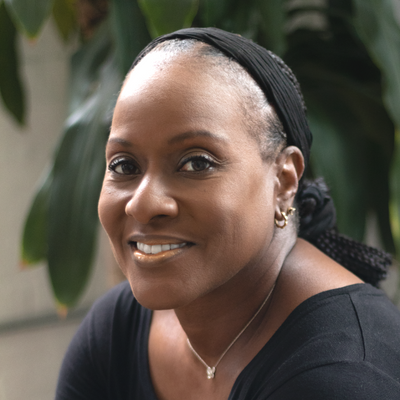July 31, 2021
Acceptance and Rejection
In my previous blogs based on the Disney movie Frozen, I introduced you to Elsa and Anna, the sisters of Arendelle, and talked about portions of Elsa’s story. As shared in past blogs, during their youth, Elsa and Anna enjoyed the fun and adventure of Elsa’s magical powers and each other. However, when Elsa mistakenly strikes Anna in the head with her magical power and Anna’s memory is impacted due to this traumatic accident, everything changes for the girls.
In an attempt to protect the girls and help Elsa control her magical powers, their parents keep Elsa confined to her room, behind the closed doors of the palace doors and locked city gates. In previous blogs we looked at what that must have been like for Elsa. In this blog, we will look at a portion of Anna’s story.
Loneliness and Isolation
After the traumatic event and losing part of her memory, young Anna does not remember the incident, nor understands why Elsa does not want to play with her anymore. Additionally, while she is not confined to her room, she is confined to the palace and locked behind the city gates. Day after day and year after year, Anna knocks on Elsa’s door only to be met with comments like, “go away Anna,” or silence. No doubt feeling rejected and lonely, Anna, after a while stops knocking. Longing for the companionship and closeness she once shared with her sister, it is not until their parents perish at sea that we see her come back into contact with Elsa. When she sees her sister after a prolonged period of isolation and separation, Anna is socially awkward, uncertain in how to engage her sister and surprised when Elsa addresses her. For a time during the ball, the girls connect until once again, Anna feels Elsa’s sting of rejection when she asks Elsa if they can continue spending time together and Elsa says no.
Starved for connection, a dejected Anna walks away and ultimately finds acceptance in the company of Prince Hans of the Southern Isles. After spending the evening together with Hans, it is clear that a lonely Anna feels seen, heard and cared for and believes she has found, “the one.” When she seeks Elsa’s blessing to marry Hans and Elsa refuses, Anna has had it as Elsa threatens to take away what acceptance Anna has found. The situation between these sisters comes to a head as Elsa openly rejects and shuts Anna out of her life.
Affection, Acceptance, and Rejection
In his book, “One Way Relationships,” author Alfred Ells highlights six basic needs that, depending on how they are fulfilled in our youth, impact our lives and relationships. The need for affection and acceptance stands out as we look at Anna’s relationship with her sister.
Affection speaks to the way we express love and care to and for each other. As children, the affection between Elsa and Anna was clear as they joyfully played together and basked in each other’s company. However, after the accident and with the closing of the doors early in their lives, the expressions of love they enjoyed were interrupted.
Acceptance speaks to a person being fully accepted for who they are, as they are and allows for them to express themselves without judgment from others. Acceptance impacts identity development and is key to how a person manages their relationships throughout life. As we see, Anna is repeatedly rejected by her sister. Rejection can result in a buildup of emotions over time. Among these emotions are shame, guilt, jealousy and embarrassment to name a few that may lead to an increase in social anxiety, depression, and poor impulse control.
While Anna and Elsa are animated characters and Frozen a Disney classic, the desire to be loved and accepted and the experiences of isolation and rejection are real. If you are like Anna, confused and experiencing challenges in key relationships and/or need help unpacking aspects of these relationships, or if you need help processing the ways any unfulfilled needs and desires of your past might be impacting your present, give us a call.
We can help you get started
Articles by Therapist
Written By
Roslyn Jordan

Related Articles
-
Unlocking Effective Communication – Part 1
In life, we often shy away from the most important conversations due to fear. We worry...
Read More -
Coming Out: Not An Event But A Process
The term “coming out” is a common phrase used in the LGTBQIA+ community in sharing their...
Read More -
Binary Thinking vs Values
From picking out what to wear each morning, to managing projects at work, our days are...
Read More